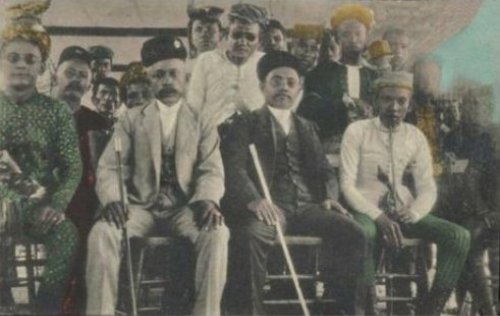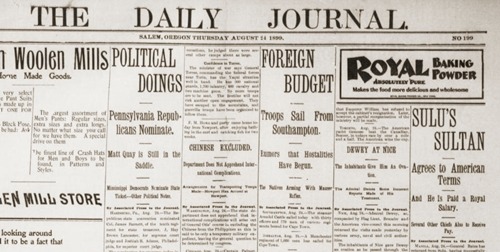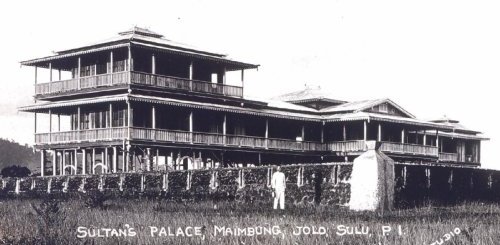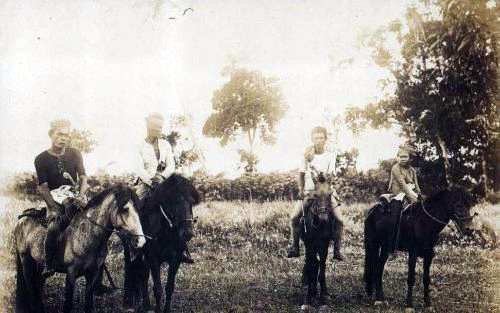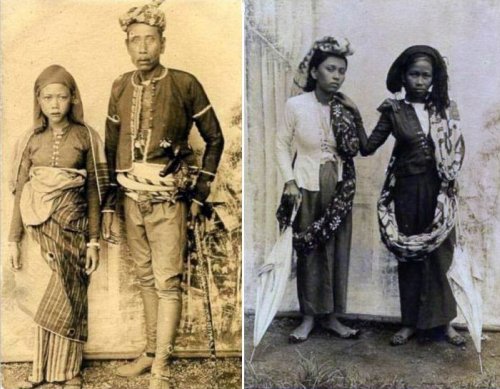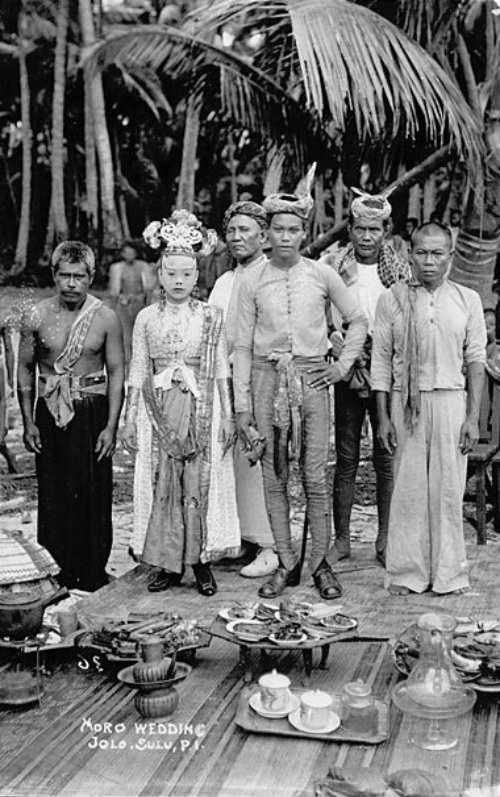Stalling Moro Resistance: The Bates Treaty and the Sultan of Sulu, Aug. 20, 1899
The Muslim Moros are a multilingual ethnic group that comprised about 5.25% of the total Philippine population in 2005. Their name originated from the Spanish word Moor, and they mostly live in the western part of Mindanao Island, the Sulu Archipelago and nearby islands.
There are at least ten Moro ethno-linguistic subgroups, all descended from the same Malayan stock that populated the rest of the Philippines. Three of these groups make up the majority of the Moro. They are the Maguindanaos of North Cotabato, Sultan Kudarat, and Maguindanao provinces; the Maranaw of the two Lanao provinces; and the Tausug of the Sulu Archipelago. Smaller groups include the Banguigui, Samal, Badjao, Yakan, Ilanon, Sangir, Malabugnan, and the Jama Mapun.
They are not closely knit and lack solidarity. Each group is proud of their culture, identity and language, including their variation of Islam.
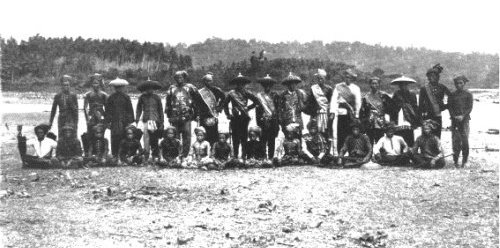
The Moros were converted in the great missionary extension of Islam from India in the 15th and 16th centuries, although there had been earlier contacts with Arab missionaries in the 13th and 14th centuries. For over 300 years, they fought off Spanish expeditions to conquer their territory and convert them to Christianity; in return, they launched devastating raids on Christian settlements in the Visayas and Luzon Island. Nevertheless, the Spaniards managed to establish small outposts in a few isolated areas in western Mindanao Island, but drained by centuries of Moro resistance and retaliation, succeeded in securing a peace treaty with Sultan Jamal ul-Azam of Sulu on July 22, 1878.
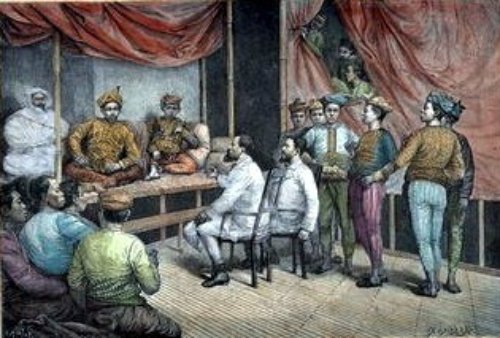
The western part of Mindanao and the neighbouring islands were ruled by the sultanates of Sulu and Maguindanao but the former was more compact and better organized.
When the Philippine-American War broke out, the US had to concentrate its limited forces in the north. To hold at bay Moro resistance to its colonization of the Sulu Archipelago, the US, represented by Brig. Gen. John C. Bates, forged a treaty with Sulu Sultan Jamal ul-Kiram, known as the Bates Treaty.

It was not until May 19, 1899 that the U.S. sent troops to take over the Spanish fort in Jolo. The Americans had not been able to get troops to Jolo sooner because they could not afford to send any troops outside the Luzon area. (Serious Moro resistance commenced in 1903).
In place of the Spanish treaty, the Bates Treaty included the recognition of U.S. sovereignty over Sulu and its dependencies, mutual respect between the U.S. and the Sultanate of Sulu, Moro autonomy, non-interference with Moro religion and customs and a pledge that the “U.S. will not sell the island of Jolo or any other island of the Sulu Archipelago to any foreign nation without the consent of the Sultan.”

In addition, Sultan Jamal ul-Kiram and his datus (tribal chiefs) were to receive monthly payments in return for flying the American flag and for allowing the U.S. the right to occupy lands on the islands.
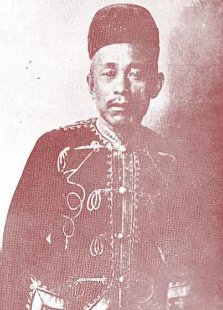
The Bates Treaty did not last very long. After the U.S. had completed its goal of suppressing the resistance in northern Philippines, it unilaterally abrogated the Bates Treaty on March 2, 1904, claiming the Sultan had failed to quell Moro resistance and that the treaty was a hindrance to the effective colonial administration of the area.
Payments to the Sultan and his datus were also stopped but were restored by the US Philippine Commission in November 1904.
But in reality, Bates never intended to ratify the treaty. As Bates would later confess, the agreement was merely a temporary expedient to buy time until the northern forces were defeated.
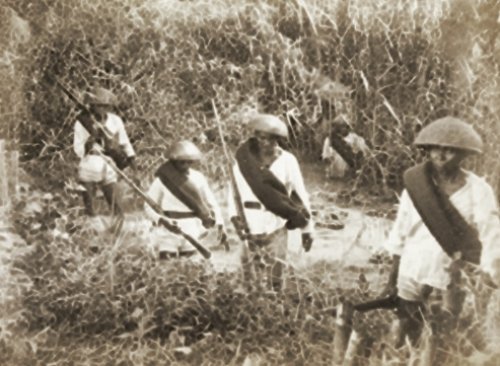


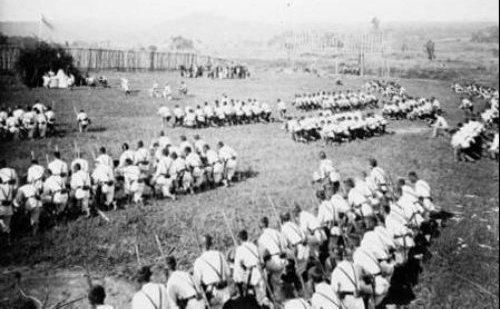


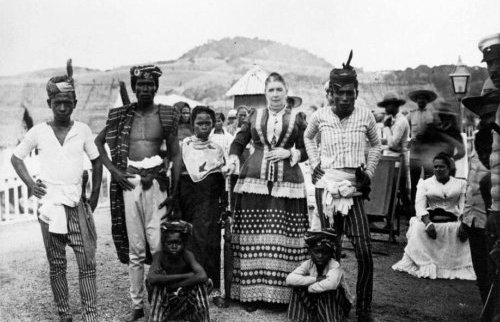
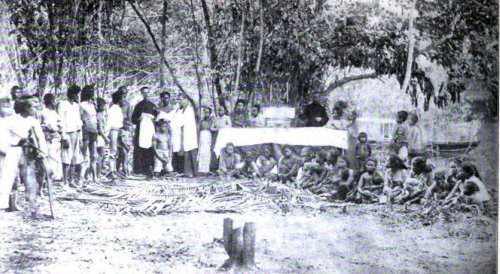
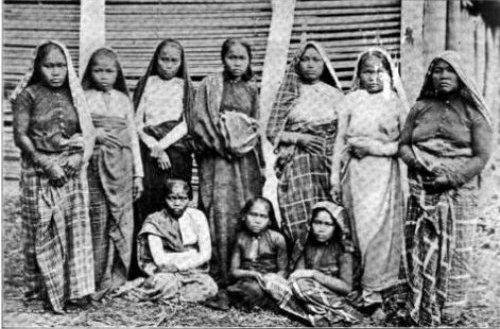
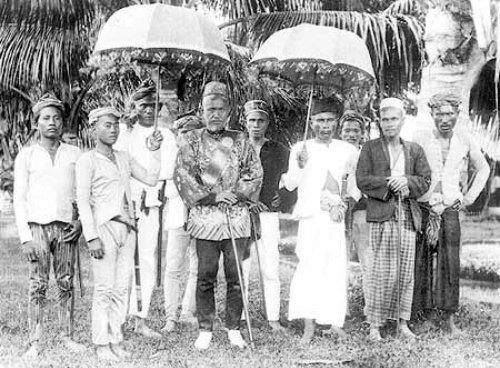
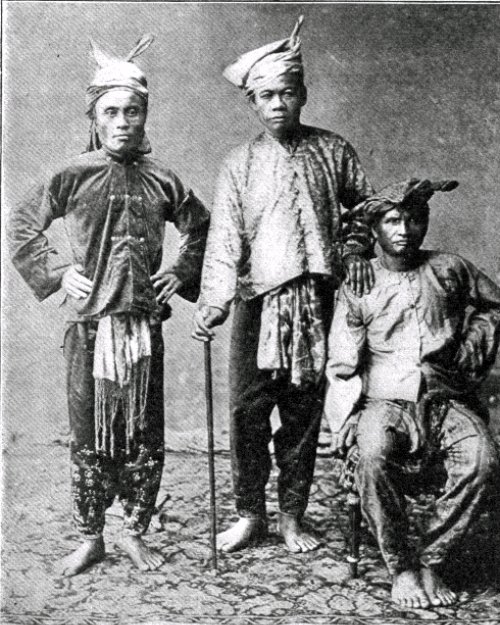

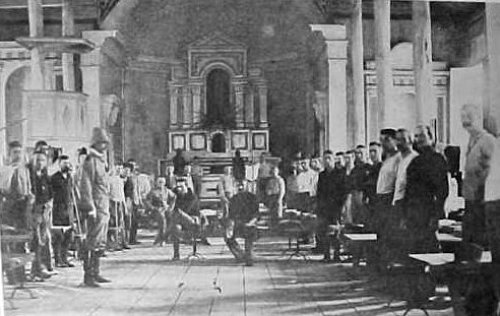

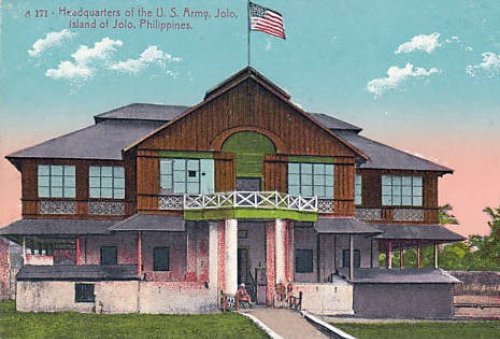

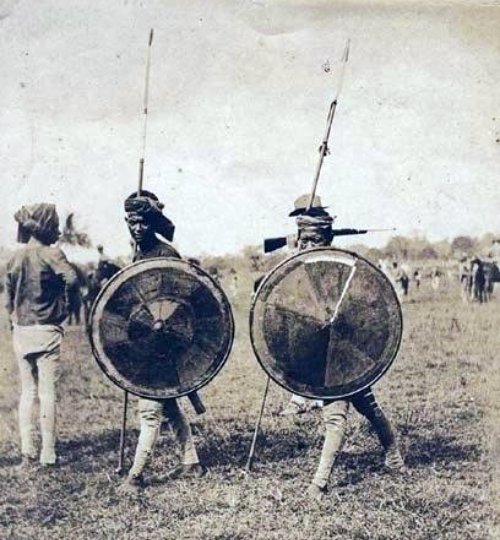
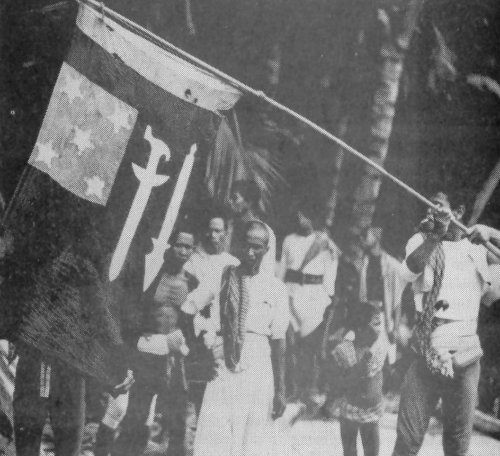
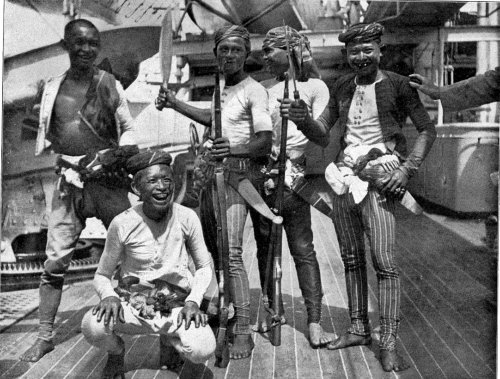
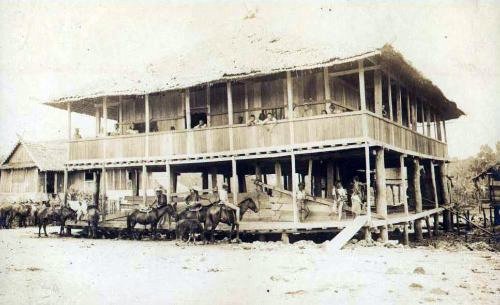
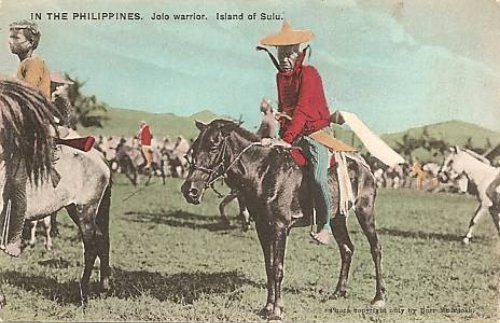

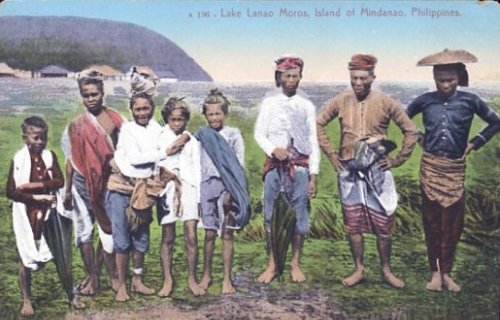
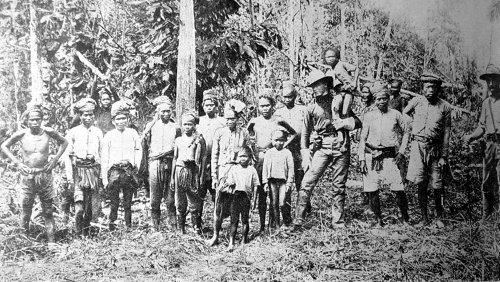
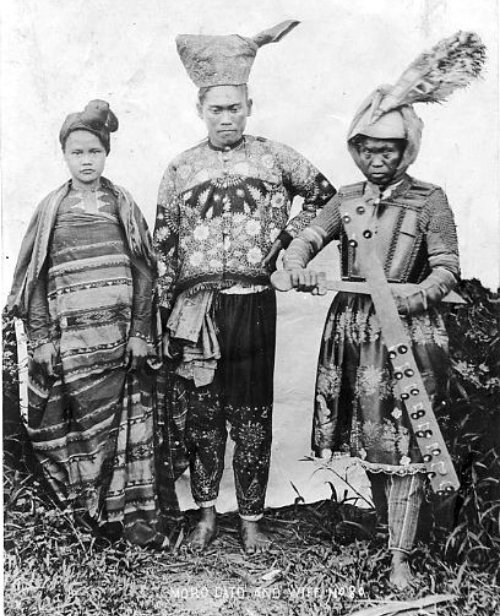

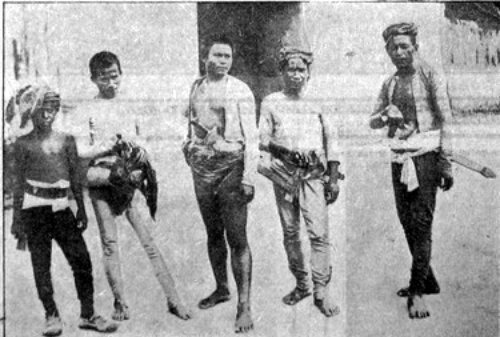
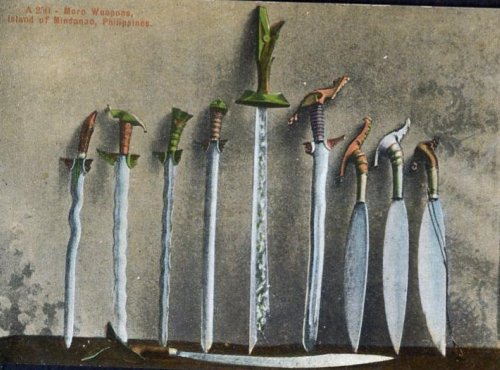
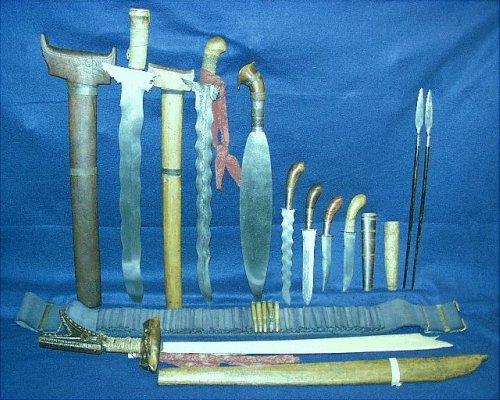

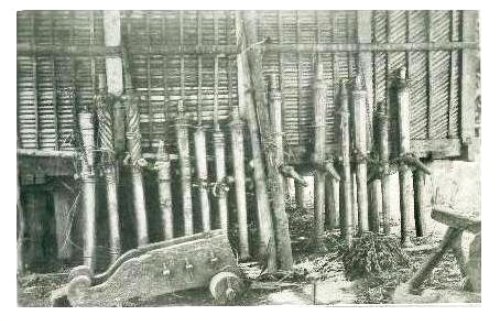
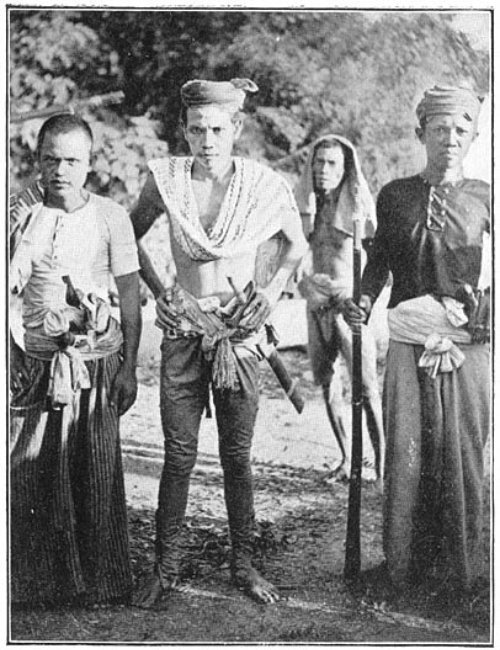
Hassan was the district commander of Luuk, Sulu, under the Sulu Sultanate. He was the first Tausug leader to defy the sultan�s order, that, in the interest of peace, the people should acknowledge American sovereignty. As an Imam (roughly translates to “prayer leader”), Panglima Hassan looked at the intrusive American “infidels” as threats to Islam and Moro society . The Tausug Moros had allowed the Spaniards to build a garrison in Siasi and a church in Jolo by virtue of the 1878 peace pact, but that was all. After 300 years of almost continuous warfare, the Spanish had known better than to try and impose their authority over the fiercely independent Sulu people. But the Americans — backed by utterly lethal modern weapons — had no such reservations.
In early November 1903, Hassan and about 3,000 to 4,000 warriors besieged the American garrison in Jolo. Armed only with krises (wavy-edged swords) and some old rifles, they bottled up the Americans for a week before being forced to withdraw. Following a battle, Hassan was captured while bathing near his camp at Lake Seit in late November 1903, but he soon escaped. He resumed the war in February 1904 when, together with Datu (“Chief“) Laksamana and Datu Usap, they attacked the pro-American Sultan Kiram and his forces in the battle of Pampang.

He lost in the battle, and was later killed with his two companions along the crater of Bud Bagsak. Hassan had 17 wounds in his body, but died game, crawling with his kris in his mouth toward the nearest wounded American soldier when the last bullet dispatched him.

